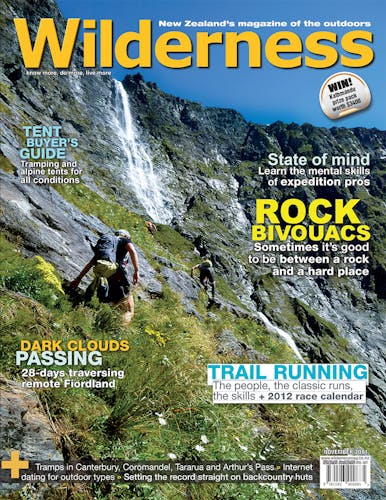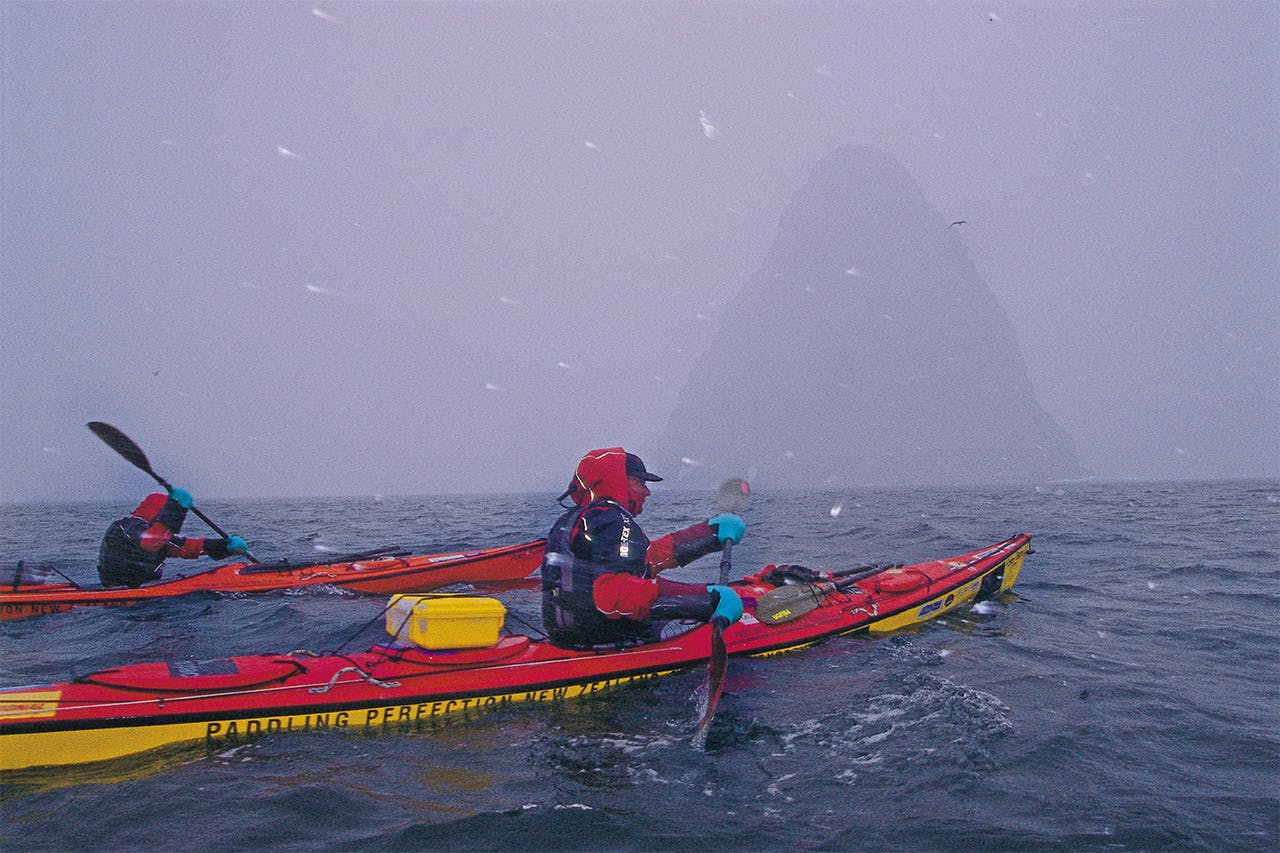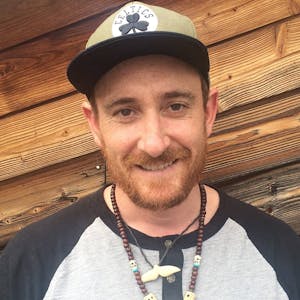Going from overnight hikes and multiday tramps to expedition-length trips takes a mindset able to push through the inevitable challenges. Josh Gale discovers the mental powers required to be an adventurer.
Kiwi mountaineer Ben Dare was barely 100m from the summit of his dreams when a chunk of falling ice smashed into his hand. On a 60-degree ice slope at 6100m and with the weather deteriorating, it was a less than ideal position to be in.
Physically, it was a blow – with his badly bruised hand Dare could barely grip his ice axe, let alone finish the climb. Psychologically, though, it was devastating. Months of planning, dreaming, finding sponsors and saving for the climb of a lifetime with two friends seemed to be slipping from his grasp.
With their options limited, Dare and his teammates were forced to abandon their attempt.
They were nearly halfway through a 33-day climbing expedition in Nepal and reaching the summit of Kayjo Ri (6186m) by three different routes was the main objective.
Unfortunately for Dare, it wasn’t to be.
Two days later it was time to make another attempt on the summit, this time up the north-east face. But Dare was forced to withdraw yet again because of his hand injury. He also had a toothache and severe migraines. It was another crushing blow to the 27-year-old.
“The fact that I couldn’t take part in the attempt on the north-east face left me feeling extremely demoralised,” says Dare. “It was incredibly disheartening to have done all the hard work building up for the expedition and then ultimately having to face the reality that all of the effort may have been in vain.
Dare’s demoralisation was compounded by the pressure of expectation he felt from sponsors and supporters.
“It created a feeling of self-doubt and a questioning of my own personal ability to contribute to the expedition,” he adds. “This low period lasted for a number of days and didn’t really abate until later in the expedition.”
Heading into the wilderness on a six week expedition or even a multiday tramp – when weather, terrain, gear and the body conspire against you – is a sure-fire way to find out what lurks in the depths of your mind.
From the earliest expeditions, such as the journey of Alexander the Great, to recent closer-to-home examples like Tim Taylor’s attempt to kayak around New Zealand, expedition-length adventures have always tested the limits of human endurance.
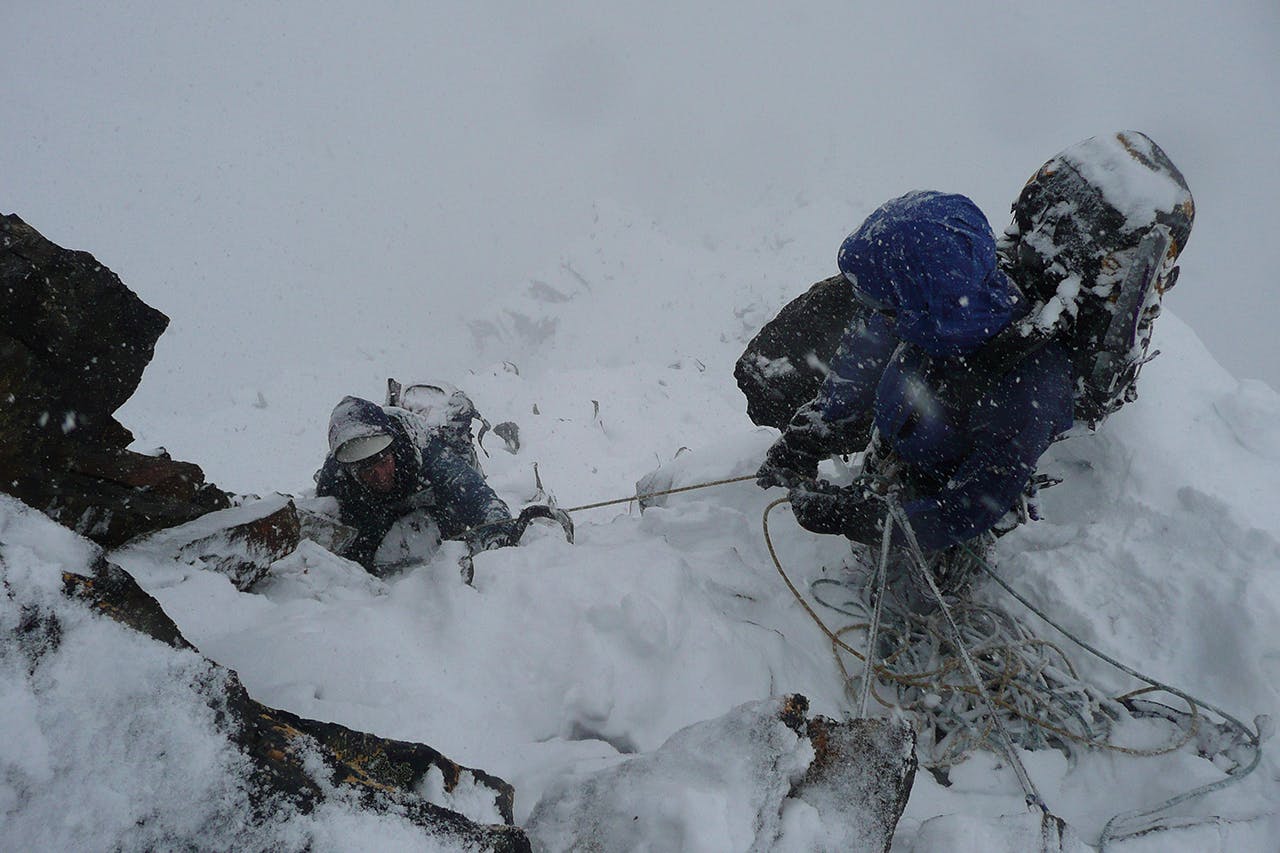
Ben Dare belays his teammate Mike Rowe on Kusum Kanguru. Dare’s injury and migraines made him question his ability as expedition leader
Many have gone tragically wrong, but that hasn’t stopped others feeling compelled to do what no one else has done before. As Alexander the Great said: “Fortune favours the bold.”
Veteran Kiwi adventurer Mark Jones is no stranger to adversity and people might find words other than ‘bold’ to describe some of his expeditions.
Along with his team mates Marcus Waters and Graham Charles, he was the first adventurer to kayak 800km along the coast of Antarctica to cross the polar circle. Two years later, in 2003, the Adventure Philosophy Team took 40 days to kayak 500km through South America’s Beagle Canal and then attempted a new route through the snow-capped mountains of the Darwin Range into Argentina but were forced to retreat in the face of severe snowstorms.
The trio were the first people to circumnavigate the hostile coast of South Georgia Island which sits alone, miles from anywhere, in the middle of the southern Atlantic Ocean. In 2013 they’ll head back to Antarctica, this time to paddle 900km along the Borchgrevink Coast, the world’s most southern coastline.
Jones is not a very “psychological guy”, but says “mental resilience” is one of the key attributes required to be an adventurer.
“I’ve always been good at just grinding it out,” he says. “I’m quite accepting of a level of pain, fatigue and hardship.
“If I embarked on an expedition and it didn’t demand a great deal from me then I’d feel ripped off.”
Not every aspiring adventurer is born with the sort of mental fortitude that’s allowed Jones to paddle some of the most inhospitable waters on the planet.
Rod Corban works daily with the mental battles of high performance athletes at High Performance Sport New Zealand, the Blacksticks, the New Zealand Rowing Team and the New Zealand Paralympics Team.
He doubts whether anyone is born with mental resilience and that it’s more likely a result of a person’s upbringing.
“In my view anyone can develop mental resilience if they are truly committed to doing it,” says Corban. “There’re ways to train your mind [so you’re not only] physically prepared [but] mentally prepared too.”
Developing a ‘mental skills tool-kit’ to work with feelings of pain and fatigue, negative self-talk and other obstacles is essential for high performance athletes and although Corban hasn’t dealt with any adventurers he says the same should apply.
Based on his work with rowers and cyclists, Corban believes even physical sensations such as fatigue and pain are “primarily a psychological experience” that are amplified by the “mental judgements” we place on them such as thinking to ourselves, “Gee, that hurts”.
These cognitive interpretations of physical sensations influence the perception of the experience, usually in a manner that blows them out of proportion.
Corban points to experiments in which people are asked to hold their hands in icy water for as long as they can. Those who are asked to visualise themselves wearing a warm glove are able to hold their hand in the ice for longer than those who focus on the feeling of cold.
“Pain, or more precisely, our experience of pain and discomfort, is psychological in nature,” says Corban. “If we learn to reduce the psychological judgements we label physical sensations with, we may be able to better perform when our bodies are under physiological stress.”
Rather than label a physical sensation and “get wrapped up in it”, Corban recommends learning to merely acknowledge and observe, like a scientist, and then to refocus on the moment, on breathing and on the answer to the question “what’s most important for me right now to achieve my goal?”
Corban uses a mindfulness-based approach called Acceptance Commitment Training (ACT) when preparing athletes for gruelling competitions.
Drawing heavily on the ideas of eastern religions such as Zen Buddhism, ACT helps people deal with psychological and physical discomfort by teaching them to accept it, rather than fighting or denying it, and by providing strategies to reduce its impact so people achieve their goals.
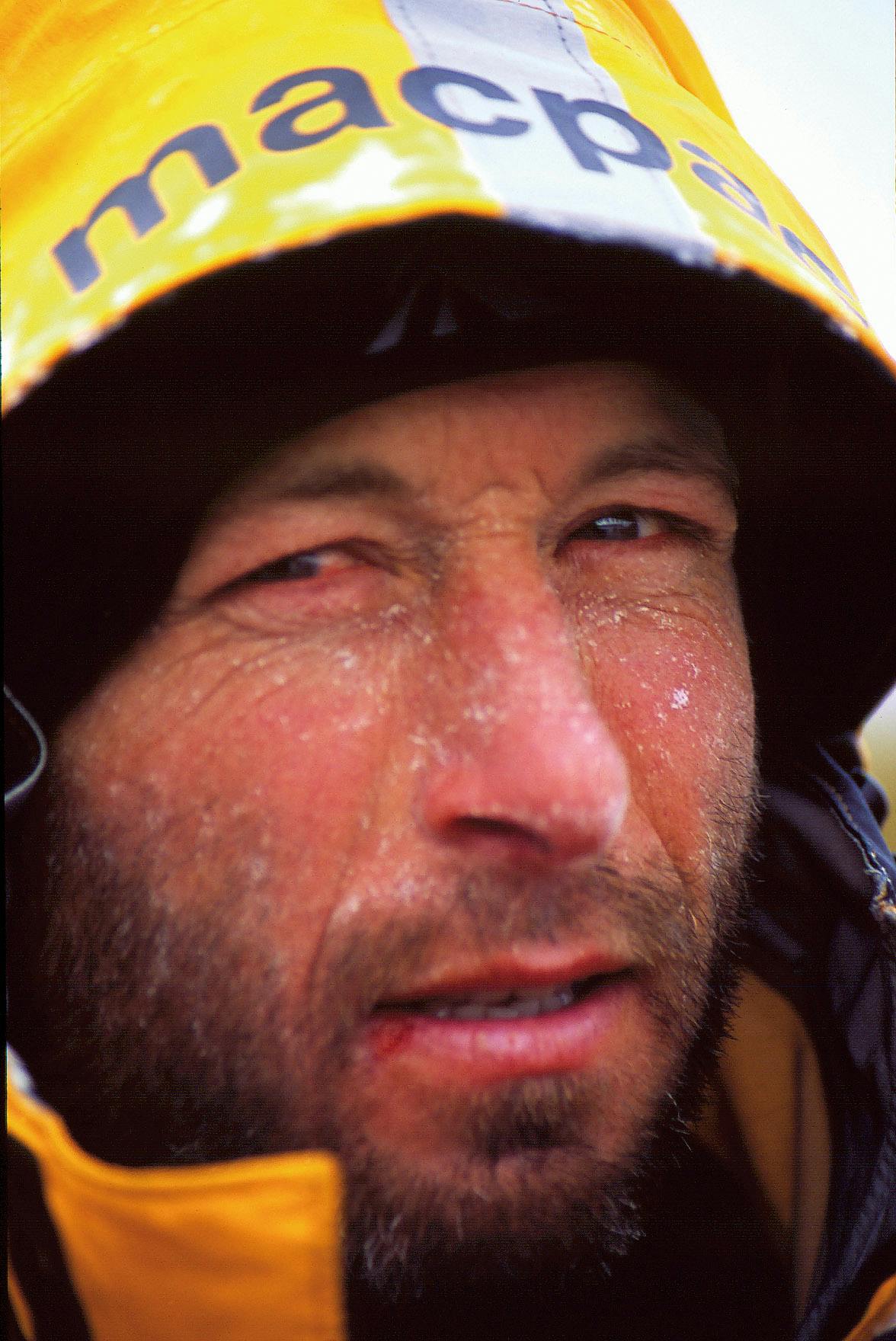
Mark Jones has learned to accept pain and hardship; Highs can be dangerous if they had you to becoming careless
The lows all athletes inevitably experience are exacerbated, says Corban, by attempts to deny them because of a belief they should be able to cope.
“Acceptance of the fact you will experience highs and lows and that this is normal is the most effective strategy in dealing with these shifts in moods,” says Corban.
Developing the mental skills sought by top athletes does more than avoid a downer – it increases the likelihood of experiencing a ‘flow state’.
Flow, sometimes described as ‘being in the zone’, refers to a mental state in which an athlete performing an activity is fully immersed in it with a sense of effortlessness and enjoyment.
Most people have experienced flow whether it was while cutting moves on the dance floor, writing an A+ essay as a student, or getting a run of green lights in Auckland.
Ben Dare experienced a flow state on day 31 of his Nepal expedition when he and his teammates were climbing the final pitches of a new route up the south-west face of Mt Kusum Kanguru (6367m).
Altitude sickness and deteriorating weather conditions made it tough going at first. Then Dare hit his stride.
“Once I started leading out of the final pitches with the top in sight I had a real surge of confidence and became focused on the task at hand,” he says. “Even though the weather was deteriorating into a snow storm I found myself moving more freely than at any other time during the expedition and that I was enjoying myself immensely.”
Dare says it’s these flow experiences that now make up the bulk of his memories of the expedition, but while he was in Nepal he admits the lows dominated his mind.
Mental toughness is one of the qualities Dare has tried to develop over his years as a climber and in preparation for the expedition, but events in Nepal tested his limits.
“I had done lots of work to prepare myself for all the possible setbacks we were likely to face, but I was unprepared for the cumulative effect of several of these possibilities occurring at once,” he says. “As a result, I was caught off guard and struggled to come to terms with it at the time.”
It wasn’t only his inability to climb that tested Dare’s mental resolve; the team’s long days of trekking from place to place and their rest days at their base camps gave his mind the open door it needed to pester him with negative self-talk.
Having so much downtime to think about things led him to over-analyse simple problems and to reach “drastic, more negative” conclusions than he would have ordinarily. When Dare caught himself doing this he’d listen to music to relax and to get a fresh perspective.
“When I had too much time on my hands it was good to plug in my headphones, escape from everything going on around me and just zone out,” he says.
It turns out music is scientifically proven to be good medicine for the soul – and the mind.
Canterbury University senior lecturer in physical education and physiology Dr Nick Draper has supervised research studies on the effects of listening to music when performing physical activity and says music can help to reduce anxiety, stop negative internal dialogue and can increase feelings of wellbeing and happiness.
“There’s clear research evidence that suggests when people play music it can help reduce feelings of fatigue and delay its onset,” says Draper who enjoys kayaking, canoeing and rock climbing in his spare time. “When people listen to music it elevates their mood, countering feelings of fatigue so they can carry on an endurance activity for longer.”
However, not all music is equal to the task.
Barry Manilow fans will be disappointed and techno heads pleased because it’s faster tempo music that studies have shown keep us psyched.
Draper’s students studied the effects of classical and contemporary music on peoples’ mood and found the latter elevated their mood more than classical music.
Even armed with an iPod, negative internal dialogue often creeps up on us without warning and is something most athletes and adventurers have to contend with regularly.
Auckland mountaineer and tramper Jim Morrow, who made a first ascent of the north side of Nepal’s 7126m Mt Himlung in 2009, believes negative self-talk held him back from climbing until he learned to “jam the lid down” and “stop listening”.
The 61-year-old Auckland Tramping Club member trains other members in the Waitakere Ranges for the annual Oxfam Trailwalker and last year he attempted to summit Everest, but was knocked back by bad weather.
“Negative internal dialogue is driven by the subconscious mind, where we store all our self-doubts that are waiting to come to the surface and harass us when the conscious mind and the body is under some sort of stress,” says Morrow. “It gets reinforced by negative people who say, ‘you can’t do that’.
“This is when you need positive affirmations: ‘I have come to climb this mountain and I will not be denied by any matters within my control. I can do this’.”
After meticulous planning and training for his epic 4000km sea kayak journey around New Zealand, Tim Taylor felt confident he could do it.
Once he was on the water and settled into the day-to-day reality of the undertaking he found his mind ambushed him over the little things. When his body became tuned to the routine of paddling and planned meals, his thoughts would get “very dark” when dangerous weather and swells forced him to skip snack breaks.
Taylor kept a diary on his 191-day solo expedition and says reading it now he sees he went through a wide range of emotions, from elation at starting through to a “massive meltdown” and “a little cry”.
As a “results-orientated person”, Taylor became “extremely frustrated” when bad weather kept him ashore, leading him to do small jobs for people he stayed with so he felt he’d achieved something each day.
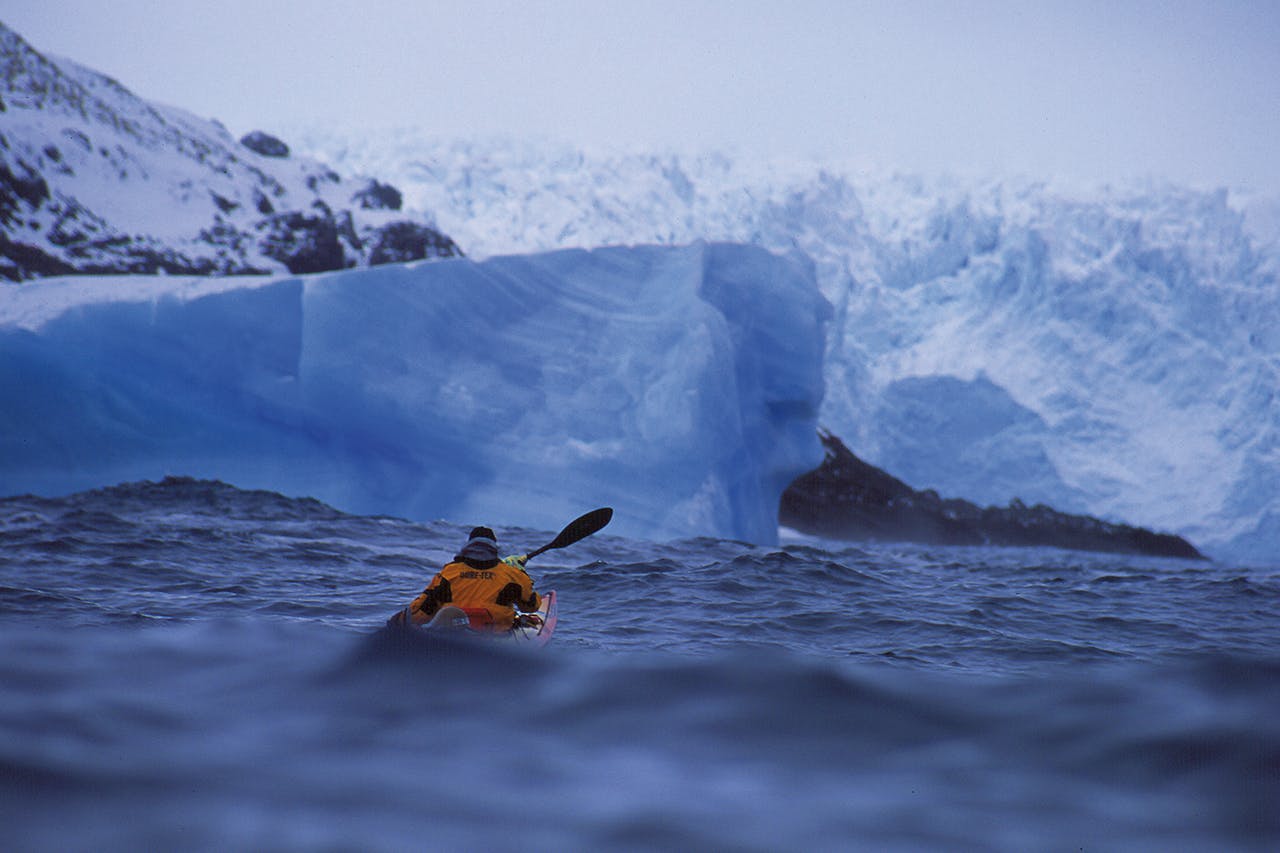
“The mental side of things became particularly hard to deal with as time went on,” says Taylor. “As the trip started to draw out, I felt isolated and cut off from normal things.
“In the end, fatigue, both mental and physical, controlled how I was feeling each day.”
Taylor ultimately failed in his circumnavigation. After being holed up at Cape Reinga for three weeks due to rough sea conditions he threw in the towel, though he hopes to finish the journey this summer.
Hearing about Taylor’s expedition, Rod Corban shakes his head in disbelief. Even though he deals with highly motivated people every day, he’s still amazed at some of the things people try.
“I often say to high performance athletes who’re trying to be the best in the world at something that their goal isn’t normal, that they must be driven by a bit of dysfunction somewhere,” says Corban. “Often it can be subtle things like being the middle child, being sent to boarding school, having a disapproving or emotionally absent parent so they have a need to prove themselves.”
Becoming aware of the source of their motivation is an important step for adventurers, says SPARC sport psychologist and keen hunter David Galbraith.
Being motivated by an “external locus of control”, such as the wish to receive status, accolades or approval can make people less flexible because the goal must be achieved. This can distort their decision-making process and such a person would probably push on to the summit after receiving an injury, not turn back like Dare did.
On the flip-side, Galbraith says those driven by internal motivations will be better prepared to make the right calls: “If you’re driven from a place of being there for the experience, to enjoy the wilderness, to be at one with the place and with friends, then when the weather packs up, you’ll say there’ll be another time and you’ll come home.”
It can be a fine line, but taking risks and failing often go hand-in-hand with adventuring and should be embraced, rather than avoided, says Corban.
“A willingness to fail is an important mindset to have,” he says. “To be the best we can be in any area of life we have to do things that make us emotionally uncomfortable.”
Boldly striking out into the unknown in the footsteps of adventurers and explorers may sound like a tall order. But next time you’re lacing up your boots, it’s worth remembering another of Alexander the Greats’ lines: “There is nothing impossible to him who will try.”
Mental skills toolbox
- Have a ‘continual growth mindset’: “Set goals to be better today than you were yesterday,” says Corban.
- Keep a diary. This is a great way to check-in with yourself on a long, challenging trip, but it needs structure so write according to this question: What went well for me today, what didn’t go well for me today, what did I learn to do better tomorrow?
- Music: If you feel tired, pull out your iPod to keep your spirits up and fatigue at bay. No country music allowed.
- In daily life, practise observing sensations without judging or labelling them.
- When feeling fatigue or discomfort, bring your awareness to your breath and inhale and exhale into the sensation.
- Notice five things: When you feel anxious or uncomfortable, notice five things you can see, hear and feel to become more grounded.
- When you notice negative self-talk, reconnect to the underlying values of why you’re doing what you’re doing.
- Hit a low? Then ask yourself, what’s important right now to help me to achieve my goal?
Tips to increase likelihood of flow-state
- Have a clear goal of what you’re trying to achieve
- Connect to the underlying values of why you’re trying to achieve it
- Make a clear plan about how you’re going to achieve it
- Have confidence in the plan and that you have the skills to perform the task
- Focus on the moment and enjoy yourself





